How Blue Protocol and Throne & Liberty add to Amazon Games’ Infinity Gauntlet of MMORPGs

It’s Friday afternoon at gamescom 2023 and my previous appointment got canceled, because the developers apparently decided to take an earlier flight home – that happens from time to time on a Friday, but kind of sucks. I head to my next appointment at Amazon Games’ booth earlier, which turns out to be an excellent decision, since I got to play a part of Blue Protocol I wouldn’t have gotten to experience otherwise: a dungeon run.
My early arrival probably annoys Amazon’s staff, but being quick thinkers they lead me to the gaming room, where an Amazon-internal dungeon run in Blue Protocol is underway. To my embarrassment – I’d have been more than fine just watching – none other than franchise lead Mike Zadorojny gets up from his seat to let me play, saying that he’d only filled in anyways.
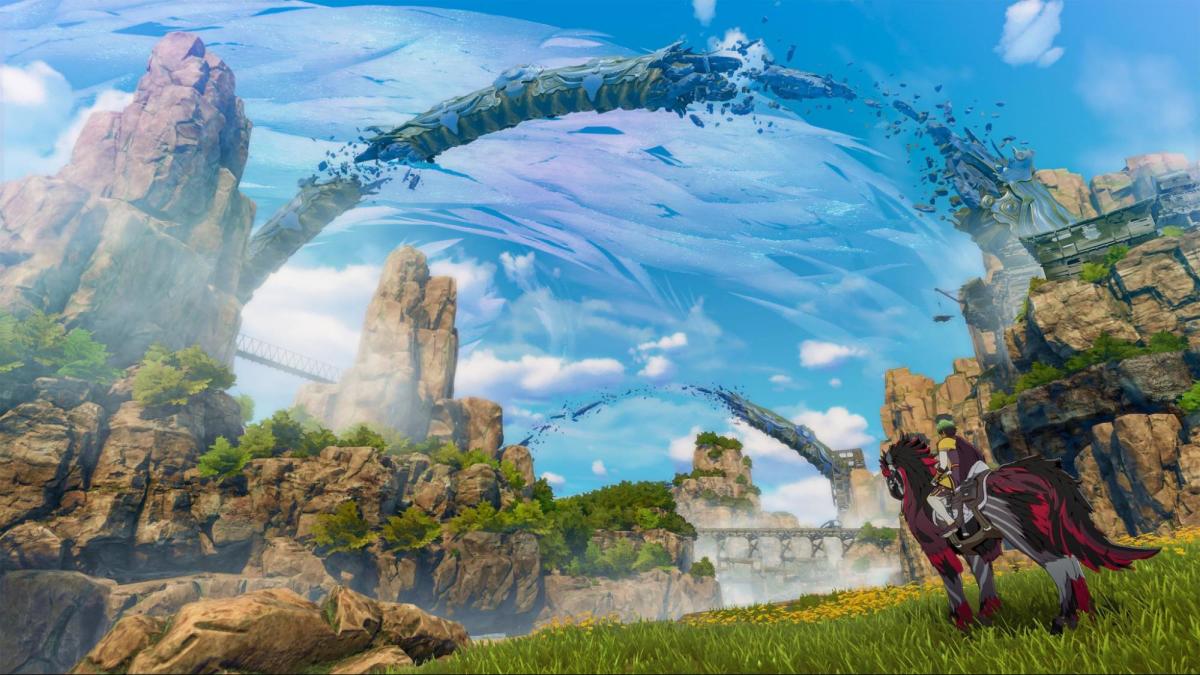
I get to play as a Keen Strider, an archer that's specialized as a healer – quite the unique combo, but one I immediately find comfortable to play as, since I usually take a healing or support role in any game I play in a group.
I’ve got my regular attack and a heal with a small area-of-effect on my mouse buttons and then four additional abilities on the keyboard, like in Dota, which are split evenly between damage and healing. The controls feel natural – moving, jumping, and aiming all work like you’d expect it to.
We’re in one of the early dungeons of the game and the group has basically cleared the entire thing apart from the boss, so that’s what we set out to do. I’m not at all an MMO player – I did a two-week trial in World of Warcraft and played through Star Wars: The Old Republic with one character, and that’s it – and thankfully that didn’t matter at all. First, because Blue Protocol plays nothing like those games, and second, because anyone who’s ever played any sort of RPG will immediately know what’s going on here. I can’t praise the approachability enough – I felt like an integral and natural part of the team, being able to do my job without problems.
I keep cycling through my healing abilities while keeping an eye on the HP of my party, aiming my area-of-effect heals carefully to always get everyone included – it helps that everyone else is a melee character. Obviously this is an early boss, so its abilities aren’t all that flashy – it’s got a run-of-the-mill charge ability, for example, which is telegraphed through lines on the ground to give us some time to dodge. Standard beginner stuff, I guess, but it still gives the whole battle a dynamic feeling. I sometimes forget to keep an eye on my own HP due to all the healing, shooting, and dodging, so I take some risk and run towards my comrades to include myself in a round of healing.
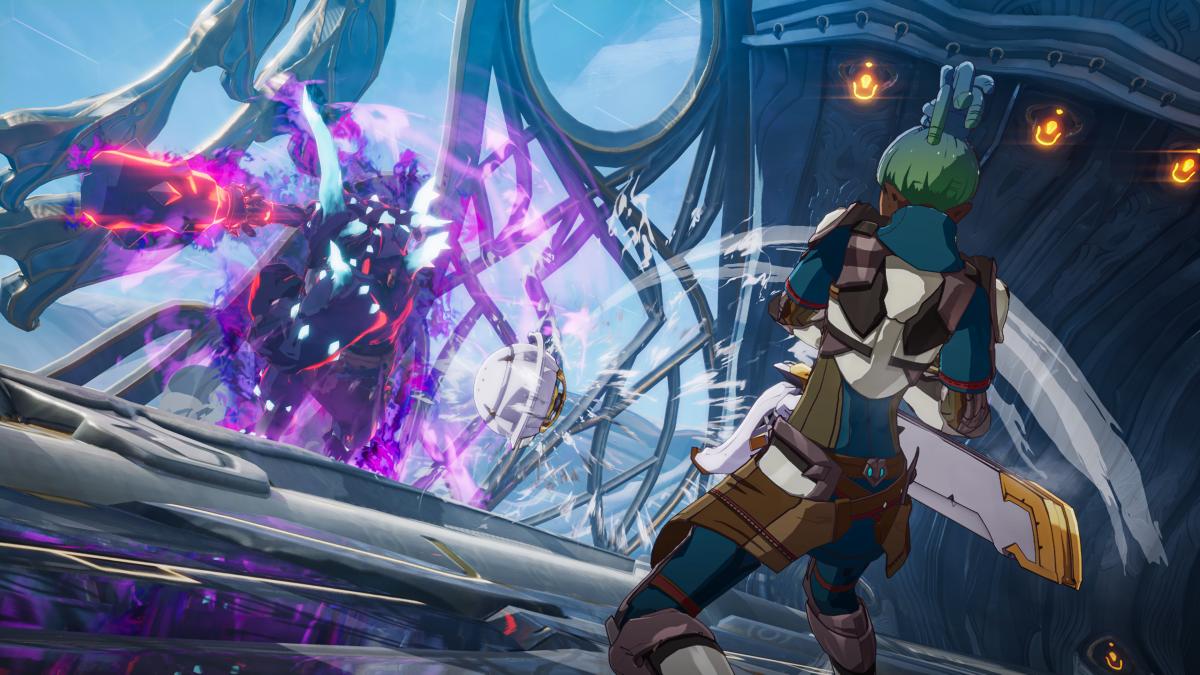
If groups take too long to defeat a boss, we are told as we fight, the battle becomes unwinnable – thankfully, we manage to take it down in time to complete the dungeon. The reward screen lists a bunch of materials, which we could use to upgrade our gear, with buttons to claim the choicest bits or leave them for the other party members. That was really fun, honestly.
After this unexpected dive right into the action, I get to the standard program – a look at the intro to the main story, time with the character generator, and a little bit of running around in the world. Had I only gotten to see these bits, I’d likely have gone away with less of a positive opinion.
Don’t get me wrong, the presentation of Blue Protocol is amazing – it’s got the anime intro song, some really cool character customization options (you even get to check out how you look in different lighting conditions), and just a generally very appealing style. Despite being easy to pick up, there is a lot of depth to be had as well – I’m greeted with a sea of different skill options when opening one of the menus, enabling players to finetune their characters to their current needs.
That Keen Strider I played in the dungeon, for example, was specialized as a healer – you could do that with every other class as well. While Blue Protocol does feature a class system, it does seem like this is more of a stylistic choice, both in terms of visuals and gameplay style. When it comes to the exact roles of healer, tank, and damage dealer, though, things are flexible and you can skill in pretty much any direction – hence the huge amount of options.
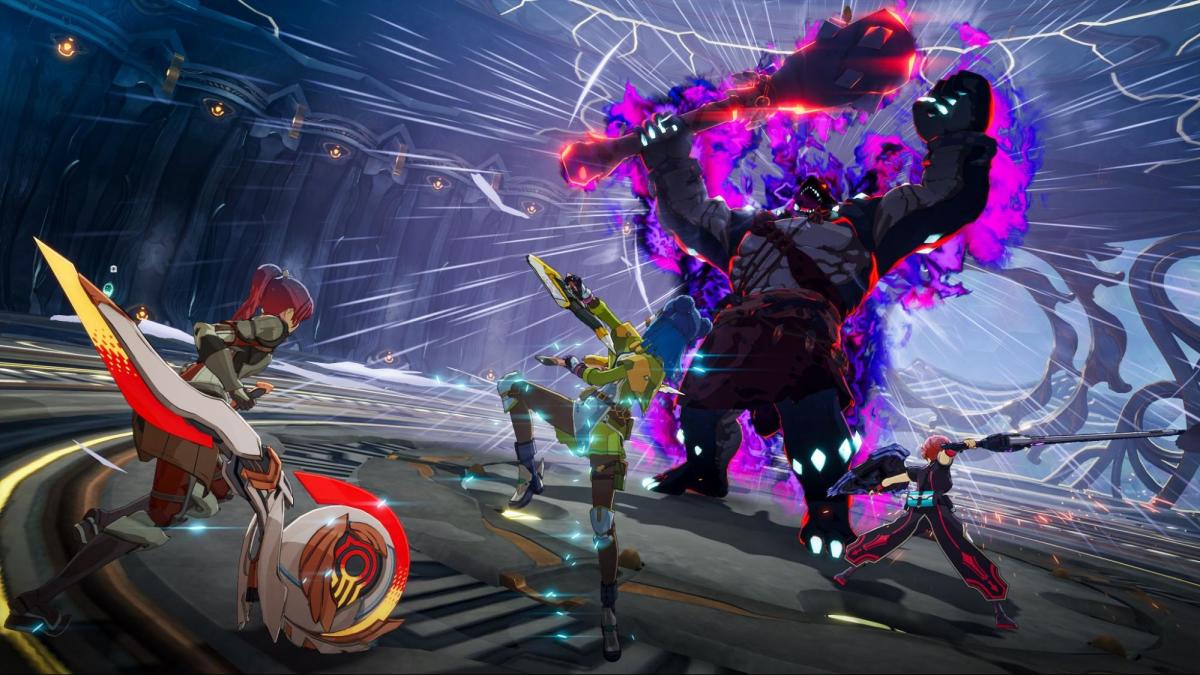
Speaking with Zadorojny after my demo and apologizing for interrupting his gaming break earlier, he tells me that Blue Protocol “isn’t necessarily hard to master. There is just a lot of depth for players, who really want that aspect of it.”
The classes were designed with aspects like style and aesthetics in mind first and foremost and then filled with skill options that allow players to specialize their roles. For people like me, who’re not necessarily into the MMO aspects, it’s good news that “any build can go through the story.” It’s things like dungeons, raids, and score as well as time attack challenges (the competitive PvE modes standing in for the absent PvP) that’ll require a bit more knowledge and coordination – they’ll provide room for min-maxing. Solo players also needn’t worry about people stealing resource nodes or loot – each player gets their own versions of these in the open world.
I ask where Blue Protocol fits into Amazon’s growing portfolio of MMOs. Zadorojny tells me: “Each game is slightly different and targets a slightly different audience. Blue Protocol, from the aesthetics alone, for sure doesn’t match any of the others. Action and combat, in general terms, might be a little similar to New World, in the sense of what the developers are trying to accomplish, but it’s very different from the other two.”
As a package, he says, Blue Protocol is pretty unique even as an anime-style game: “There are other anime-style games, but they don’t hit that same spectrum.”
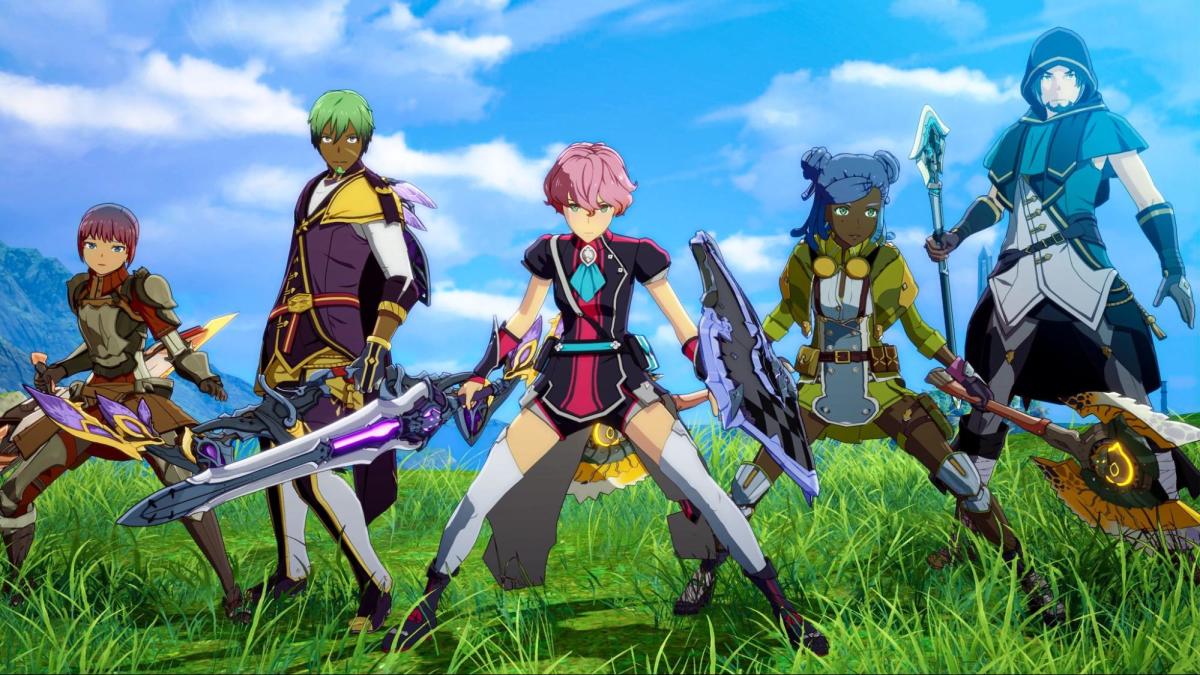
Bringing the game over from Japan is a challenging process in terms of localization and regionalization, Zadorojny explains. “If we just translate it one to one, the meaning behind the words will get lost.
“We also have to be very careful about stereotypes, things that are taboo, and that falls under a broader category of ratings boards: How ESRB and USK and PEGI view things is very different from how the ratings boards in South Korea and Japan work,” he continues. “We try to keep the aesthetics, the story, and the gameplay the same as much as we can. If there’s something that just isn’t culturally acceptable and we know we have to make a change, we try to keep it as true to the authenticity as we can.”
One example of this will greet players in the character creator: The Western version won’t allow the creation of chibi characters.
It’s the same for monetization: “We can’t rip the monetization out of the game,” he says. “That’d be very risky, because that’s not how the game was designed. Arbitrarily putting in a subscription would be weird for a free-to-play game, so we have to be very careful about that.”
Amazon will use the same concepts as the original game, but “will change the mechanics behind it slightly to make it more acceptable for a Western audience. Actually, some of the changes we’re making Japan is now adopting as well after getting feedback from their player base.
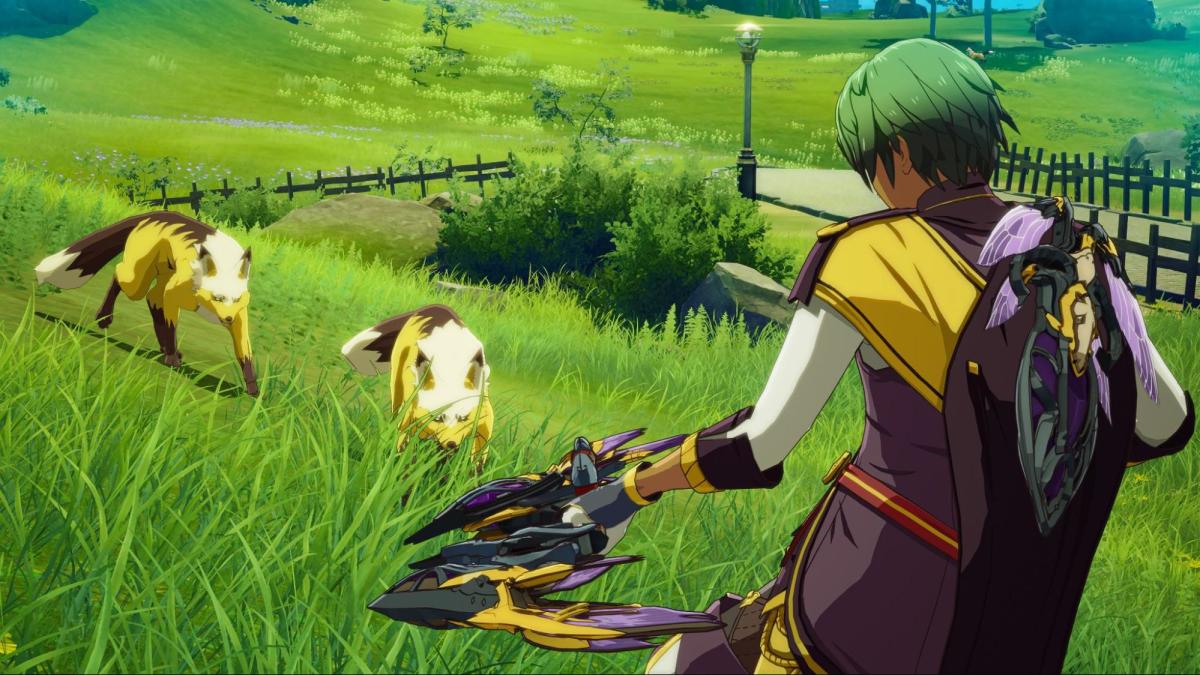
“We don’t want pay to win, we don’t want power progression. We don’t want any of that to distract from the experience,” Zadorojny tells me. Those principles were set at the start. However, cosmetics will still be available through a lootbox/gacha system. One of the changes made for the Western version, and the one the Japanese version will soon adapt, is a pity mechanic – players will be guaranteed items of the highest rarity after hitting a dry spell for a certain amount of pulls.
“At the fundamental core, all gamers want the same thing,” Zadorojny says. “They want a unique experience, they want something that’s very immersive, and they want something that’s really high quality. I think each territory has developed certain styles for their games, but there is definitely a unification process happening.”
An interesting aspect of Blue Protocol is that it’s already out in Japan while Amazon has been at work on the Western version. A clear benefit of this, Zadorojny tells me, is that “we are getting legit player feedback on how the game is, what the concerns are, what people like about it, what we should lean into or shy away from – we all see it in real time. Generally speaking, you get one chance to launch a game, but we kind of got two here. They’re almost beta-testing a little bit so we can be like ‘okay, these are the things we need to make sure are there for our audience.’ My goal is that when we launch the game, on Day 1, it’s a great experience. We’re not going to have server issues, we’re not going to have customer support issues, so if there is any sort of problem there will be a place players can contact to get it resolved.”
It’s setting up this ecosystem and infrastructure that seems to be taking up the lion’s share of the work at the moment: “We were really hoping to come out here and be like ‘here’s the date and here’s the beta and all other things,’ but we need to make sure to do it right and that we are ready for this stuff.”
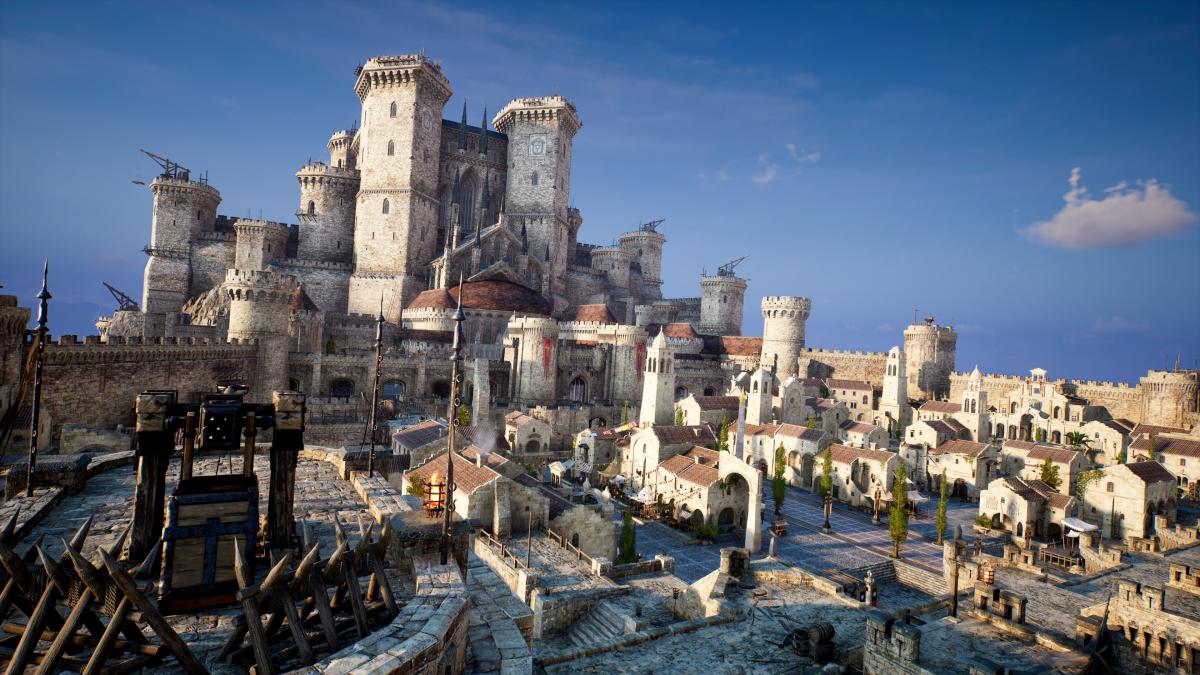
Blue Protocol isn’t the only MMO that Amazon showed off at gamescom 2023. Throne & Liberty, a game with a development history that could rival things like Duke Nukem Forever and another title the company is publishing for a Western audience, was there as well.
The Korean MMO has a completely different style from Blue Protocol, but feels similar in a few ways. It comes with a powerful character creator, too, and focuses on flexible customization instead of forcing people into set classes. Its combat feels like a mixture of Blue Protocol’s fighting and something more traditional like World of Warcraft. You don’t aim your regular shots, but select an enemy to target them automatically, tabbing to the next one when they’re dead.
Instead of a class, all of your abilities are dependent on the weapons you choose, which defines your role. However, you can have a secondary loadout to switch roles immediately, giving you a lot of freedom on how to build your character.
In my demo session, I run with double hand-crossbows, which actually feels pretty slick because I get to do some kiting and dashing around. You can also transform into an animal right from the get-go to traverse distances at greater speed – and the look of the adorable panther you become actually changes based on how your character looks, so that’s pretty awesome. This goes for all the land, sea, and air creatures you can shapeshift into. Players can unlock alternative forms via the story and some may land in the in-game store, but that hasn't been decided yet. Any stats of these morphs are derived from one progression track, so they’re essentially just cosmetics.
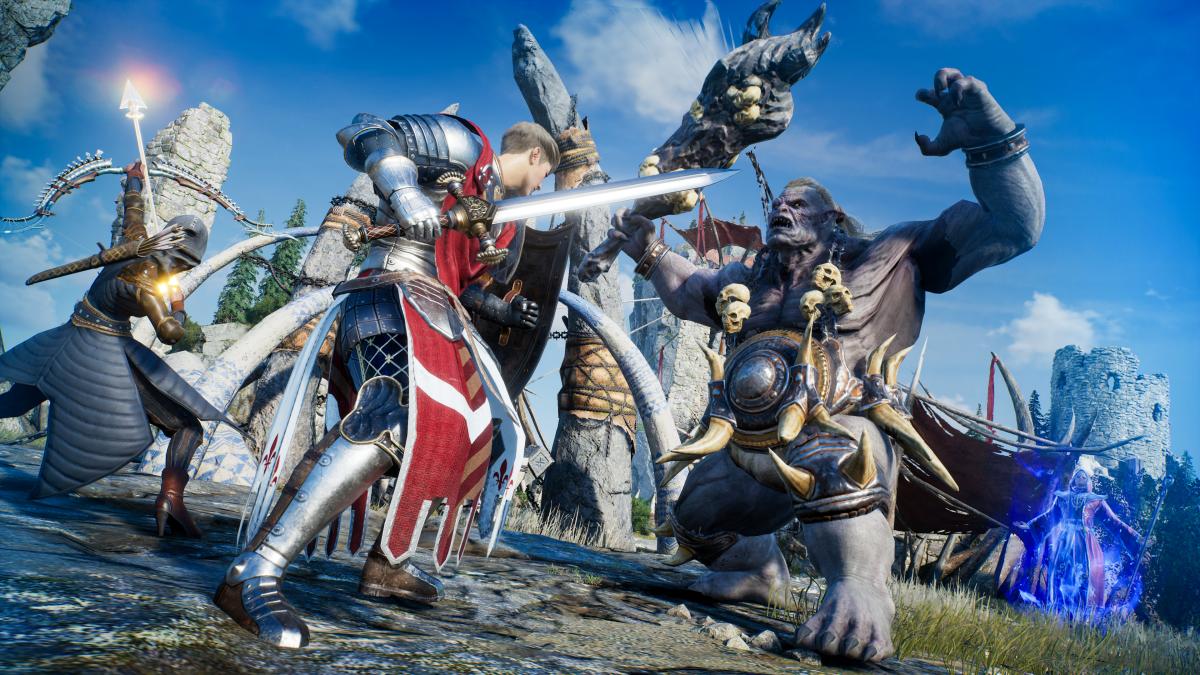
Most systems weren’t unlocked during the demo, since that basically just encompassed tutorial island and ended with a flight to the main continent, where the game truly starts. Again, I’m not an experienced MMO guy, so forgive me for not going too deep on this. All I can say is that it looks pretty, the world seems intriguing enough, and at least the beginning seemed quite approachable to me.
Luckily, I got to talk to Merv Lee Kwai, who very much is an expert on the game as its franchise lead. We delve a bit deeper into the history of the game, which started to be developed in 2011 as a sequel to Korean hit MMO Lineage, but became something very different over time.
“The Lineage IP is definitely an inspiration to it. I think the main difference, though, is that the systems have been more modernized and more globalization-focused,” he explains and names item upgrades as an example, which provide straightforward progression instead of being in any way involved with RNG – a prominent feature of Lineage. “It’s not really a successor to it,” he concludes.
Like another MMO published by Amazon, Lost Ark, Throne & Liberty is a Korean MMO through and through: from art over customization to world-building and detailed animations, Merv Lee Kwai says that “Korean developers don’t cut corners with that, and I think it shows in the quality of their work. MMOs from Korea are also often based on guild vs. guild conflicts and are highly social, and I think TL innovates on that.”
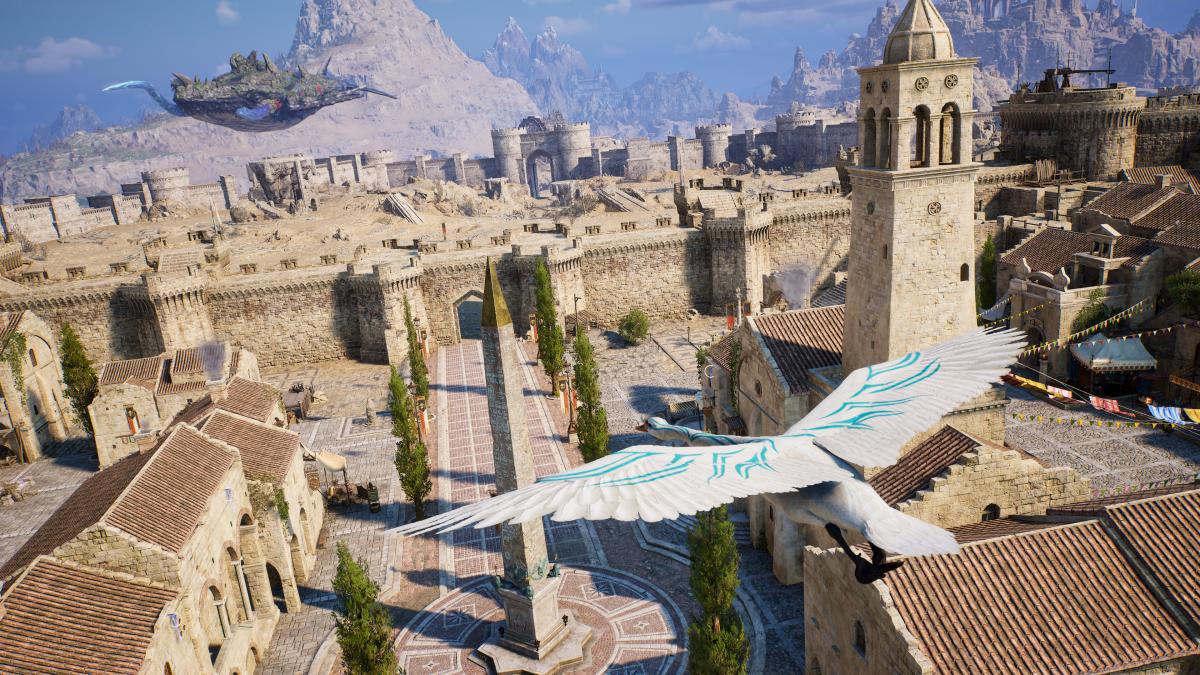
The process to get Throne & Liberty ready for a global audience is quite similar to that of Blue Protocol, but Lee Kwai says that developer NCSoft had considered globalization from the very beginning. One sticking point, though, was monetization again: “We removed gachas from TL, so no gacha exists, there is no randomness in the store in the current version.” Loot drops, of course, are still going to be random like in most other MMOs and there will be lootboxes you get through gameplay with random contents.
I ask Lee Kwai the same question I asked Zadorojny about Throne & Liberty’s place on the MMO roster Amazon Games is building. He says that “TL is uniquely positioned with its PvP elements and large-scale social elements. A lot of MMOs do PvP in a sort of instanced way, where it’s a limited number of people against a limited number of people. Since in TL it all exists in the open world, any number of players can participate.”
“You could have a guild vs. guild battle in a PvP-enabled area, but any passers-by may join in or a guild may call in their allies, so the organic experiences that happen during PvP are very unique to TL,” he continues. The game supports up to 300 players fighting in a large-scale engagement at the same time: “I say 300 players, but actually seeing that on the screen is a completely different spectacle. It’s a massive amount of players on a huge scale and TL does that very well.”
From my outside perspective, one of the coolest features of the game are those huge battles in combination with the castle sieges the game wants to bring about. “Typically, a guild owns the castle,” Lee Kwai explains to me. “The castle becomes vulnerable every two weeks and there are four starting locations for attackers, so you can have up to four guilds attacking the one defending guild, but the defenders can employ other guilds to help them. The challenge is that you need to manage the relationships as that’s happening. It might just happen that an attacking guild has coordinated with a guild that’s pretending to help the defenders and they turn on them halfway through it. All of this drama that can unfold during combat is a very unique aspect and it’s the part I’m probably most excited about.”
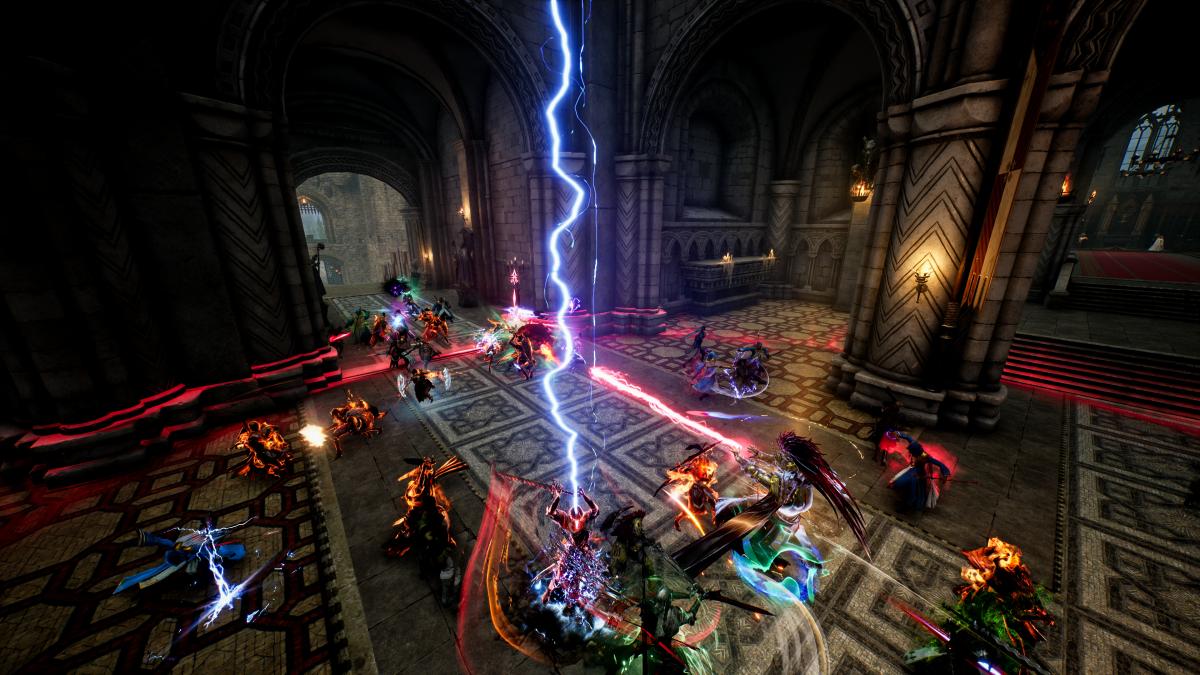
I liken it to Game of Thrones of Eve Online, and find agreement: “It really is. And it’s not just about the attackers taking over the castle. There are many capture points inside of the castle, so they could just take the armory to raid it for enhancement materials and not even focus on capturing the castle. The guild who owns a castle gains benefits from it – there is a tax system in place, so there are material benefits for those holding the castle. There is a lot to manage here and that adds a bit of a meta layer to it. That’s what draws me most to games of this genre. That open sandbox unpredictability, where the story is yours to tell.”
Guild officers can turn into Siege Golems during an assault, transforming into walking hulks of rock that can carry storming parties on their backs or smash castle walls – there will be four different types in total. Castles also have more than just one entry point, so defenders must be vigilant over potential weaknesses like the sewers. I’m looking forward to reading about the stories this system will generate.
You can also see how Blue Protocol and Throne & Liberty must fit together in Amazon’s mind – one is clearly PvP-focused, the other doesn’t even feature traditional PvP battles. They clearly cater to very different audiences despite being part of the same genre.
That doesn’t mean that any one of them is incomplete and solely concentrating on one aspect, of course. Even if you’re not into PvP or participating in guilds, you’ll be able to play through Throne & Liberty’s story. Endgame raids for multiple parties, zone bosses for single parties, and dungeons in the open world offer PvE challenges. It’s a complete package.
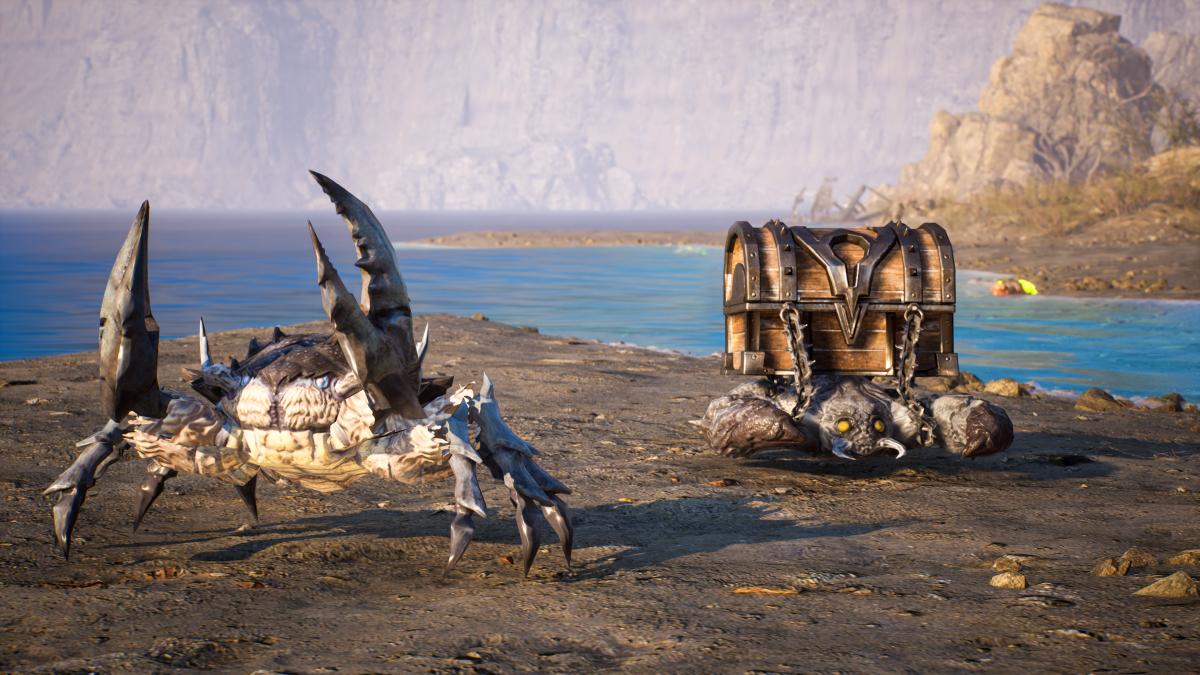
And just because PvP is enabled in some the dungeons, Lee Kwai says, it doesn’t that players are at each other’s throat all the time: “What I’ve observed is that when groups navigating those dungeons encounter each other, they’ll often not interact at all, just because it takes a reasonable time to get where they are and you risk that progress if you engage in PvP.”
In terms of feedback, both the Korean and global audiences seem to have delivered consistent feedback – and this harkens back to something I talked with Mike Zadorojny about: Global tastes seem to have gotten closer together over the last couple of years. “I would say that maybe five or six years ago it was more divergent,” Lee Kwai reports. “I think based on the speed of global communication and the visibility that everybody has, opinions are a bit more streamlined now, just as expectations are more streamlined.”
He goes into more detail on this interesting subject: “I worked on Korean titles for probably the last decade and the feedback in that time period was very divergent. Korean players used to like games that had a longer, more vertical progression track and they didn’t mind RNG as much, but I think now Korean players are as sensitive about RNG as those around the globe. I think this comes through Korean players watching Western streamers and vice versa, that’s what’s helped everything melt together to a sort of global opinion.”
In that case, Amazon Games would be in prime position to benefit, soon having a stake in four massive MMORPGs and gathering important data and feedback from all of them. With a Lord of the Rings MMO developed in-house on the way as well, it feels like anyone interested in getting into a game of this genre will be able to choose catering to their specific needs and tastes from Amazon’s catalog alone – like Thanos collecting one Infinity Stone at a time, Amazon is working on completing its Infinity Gauntlet to become what the company already is in many other areas: Inevitable.
Throne & Liberty will be available on PC, PS5, and Xbox Series X|S with crossplay enabled and the technical test is coming up. You can sign up for it on the official website.
